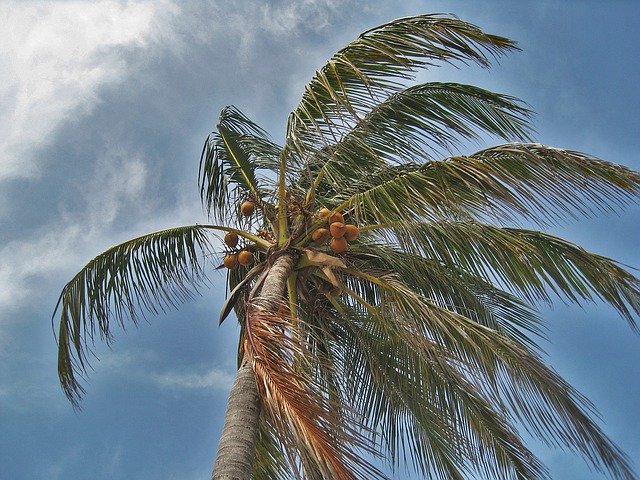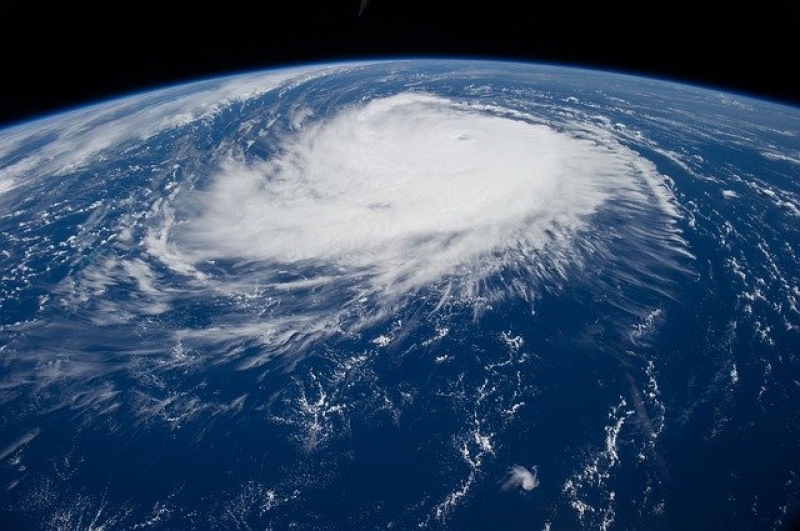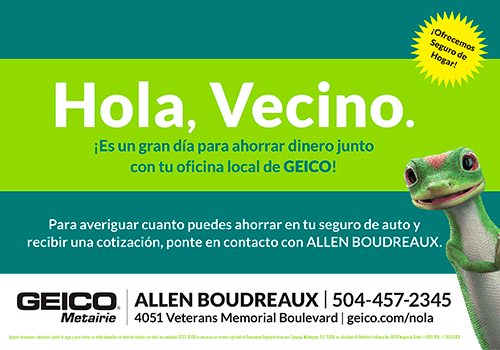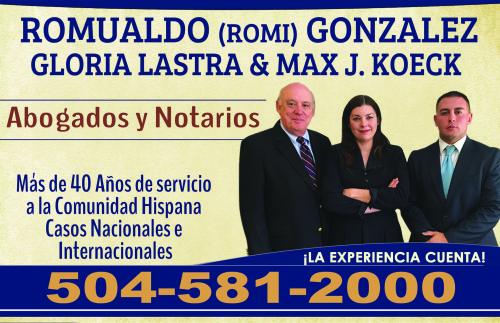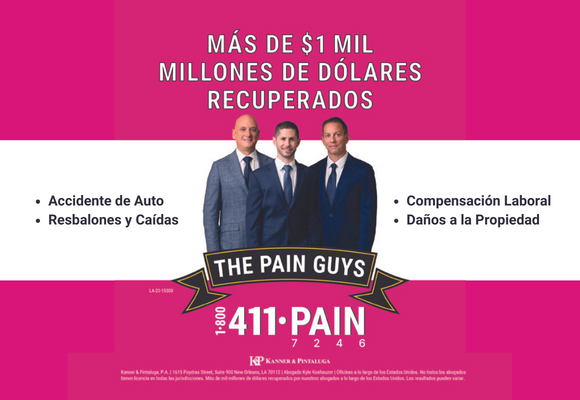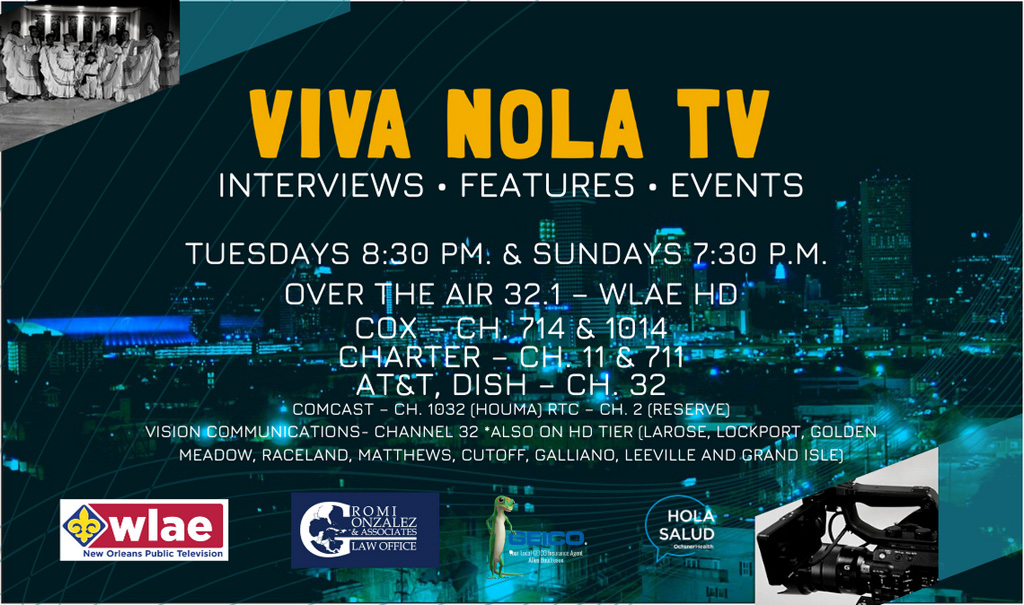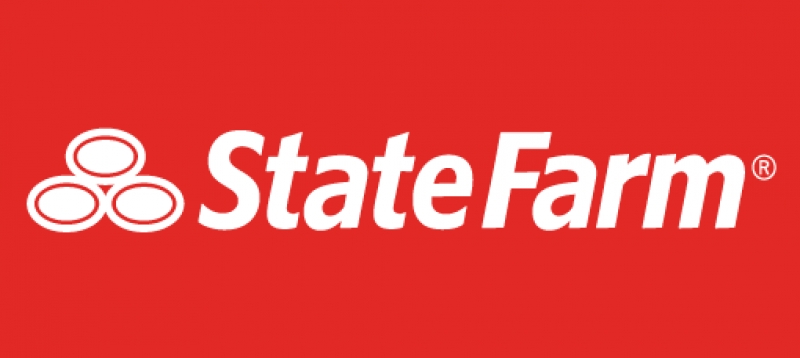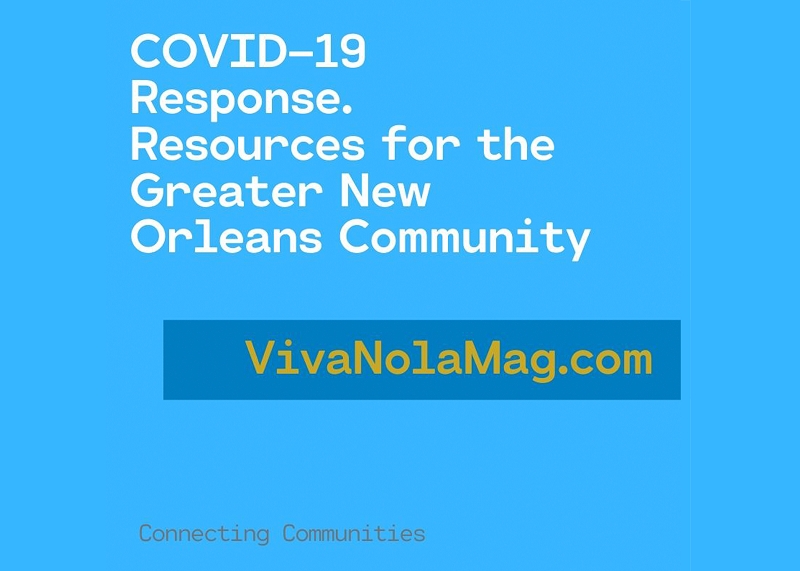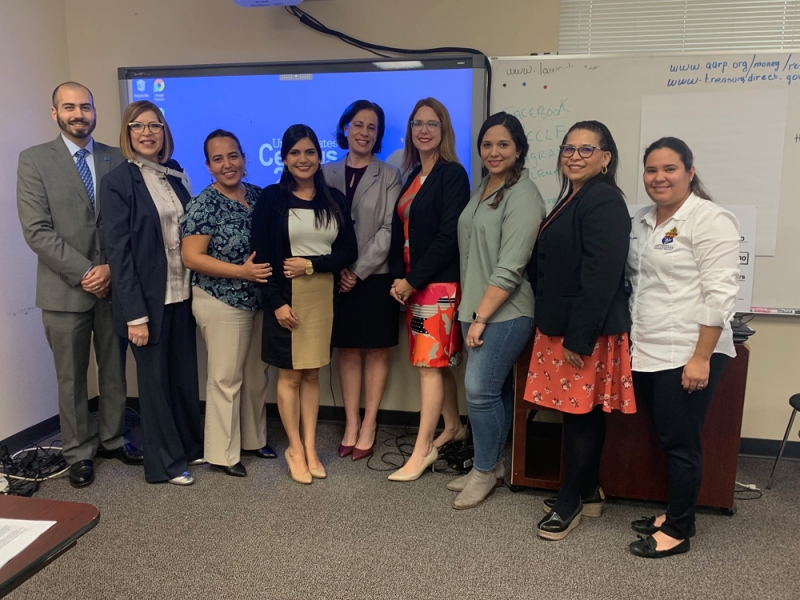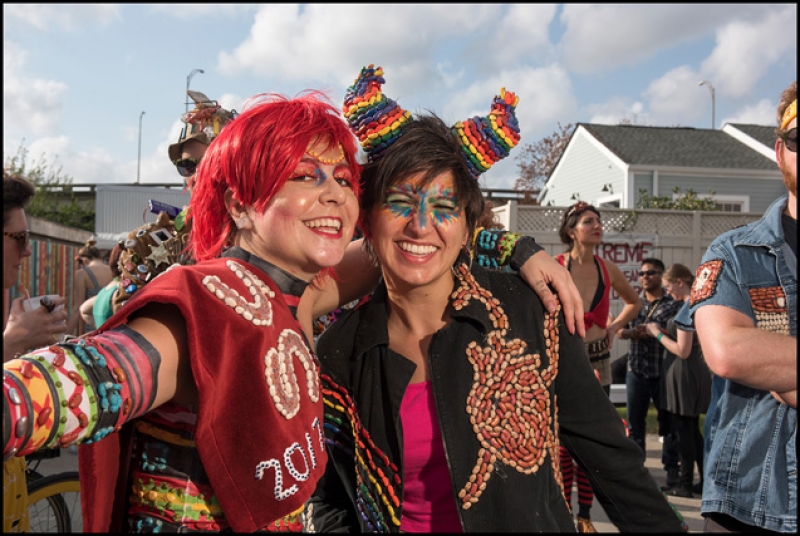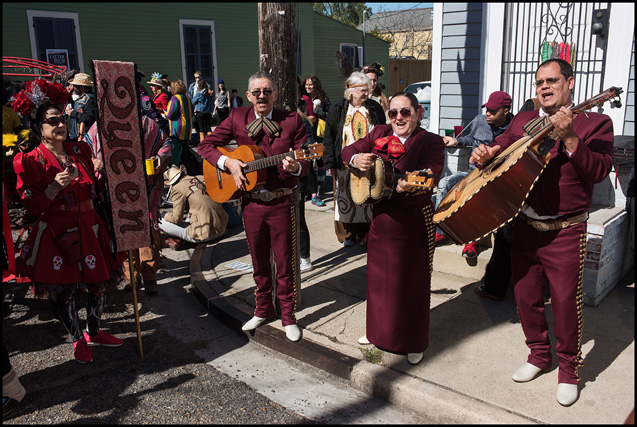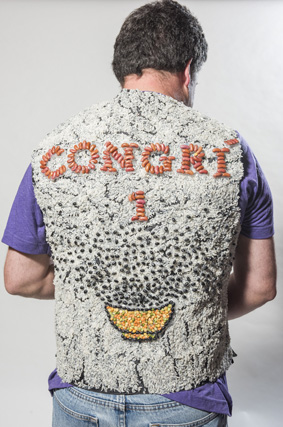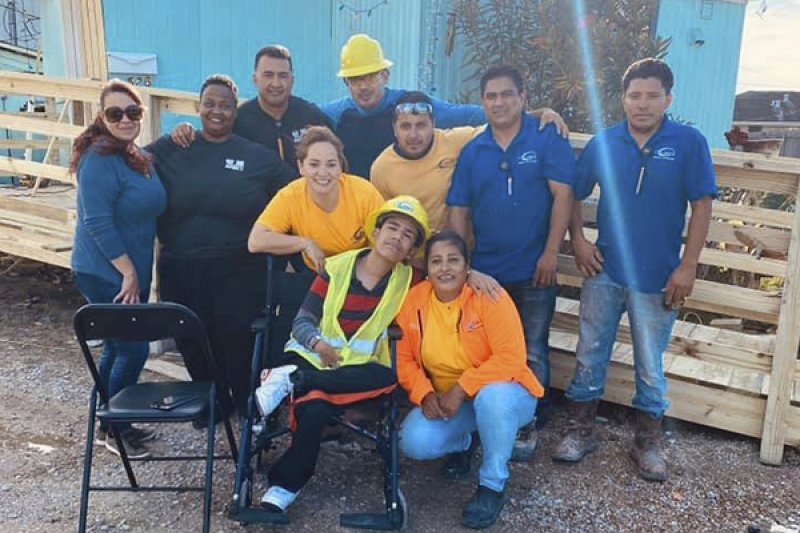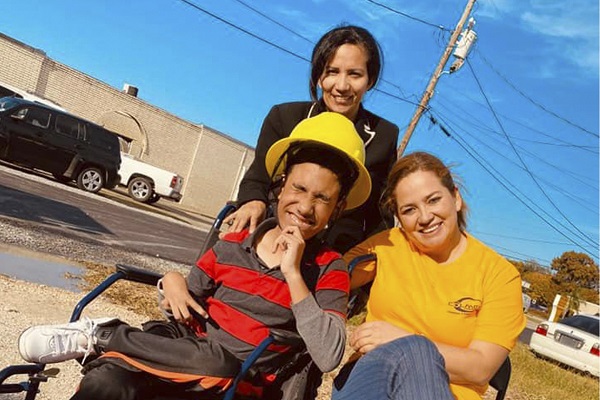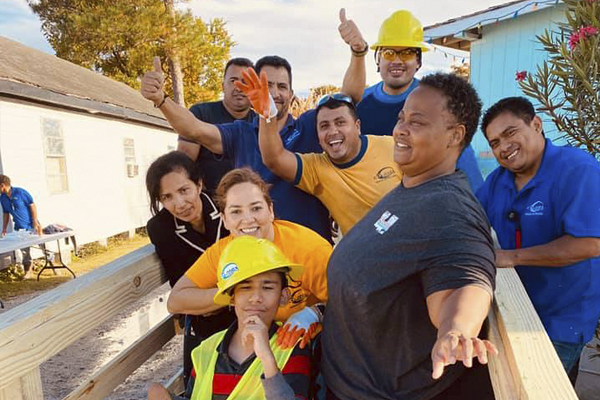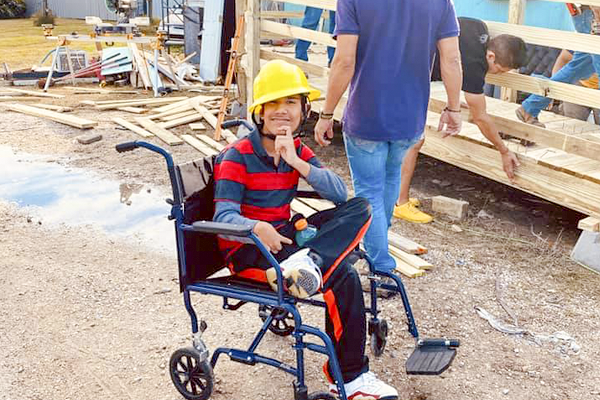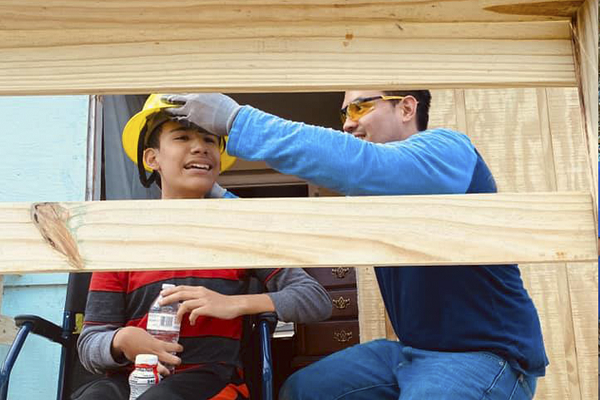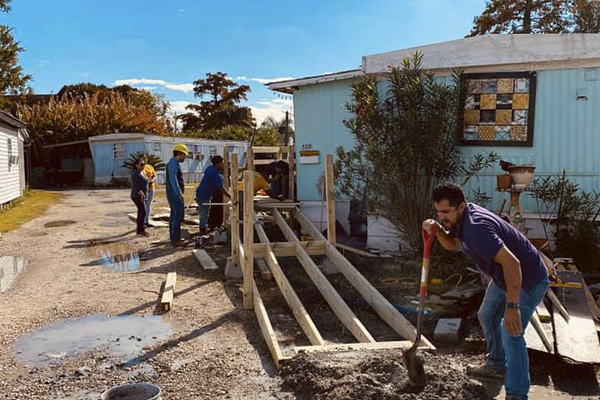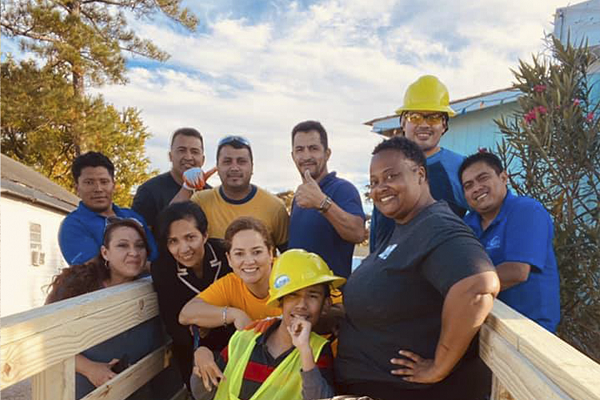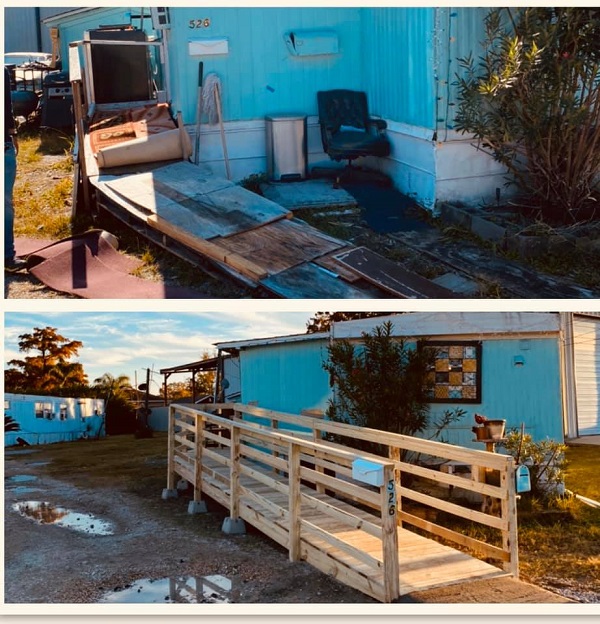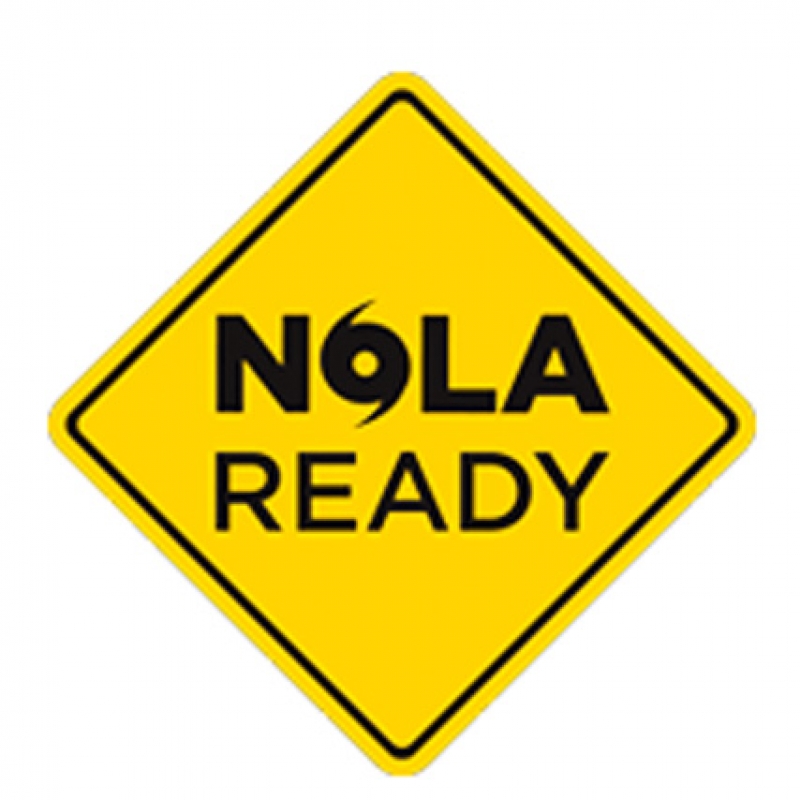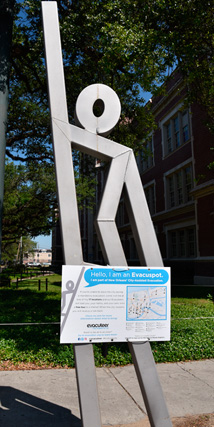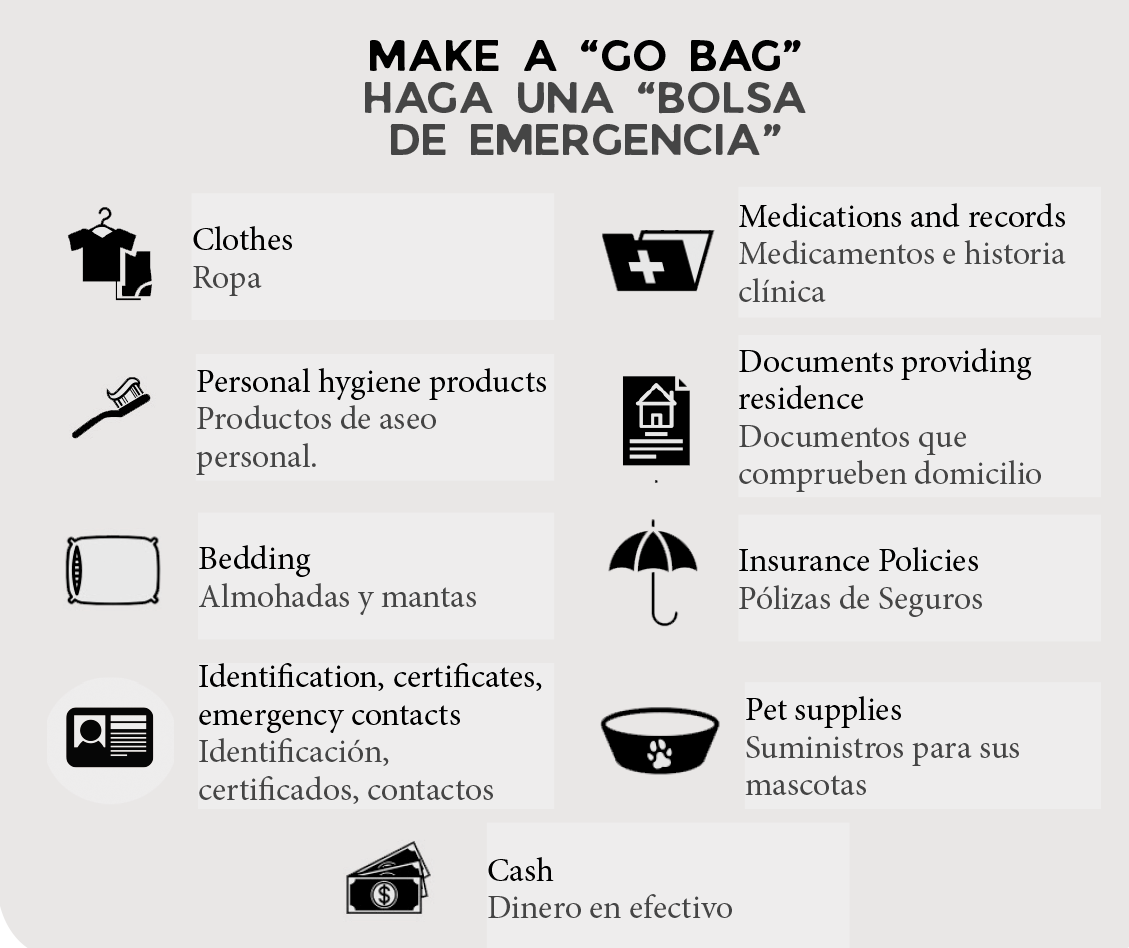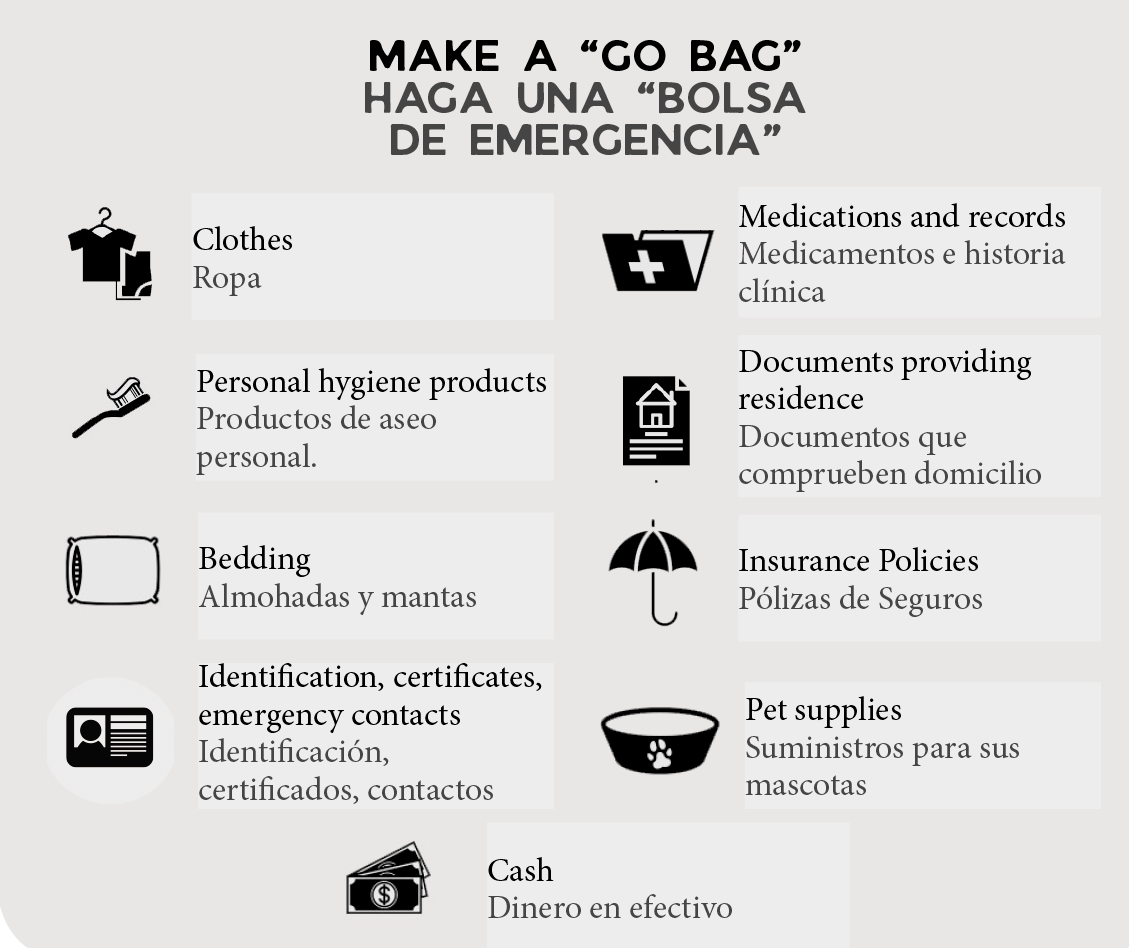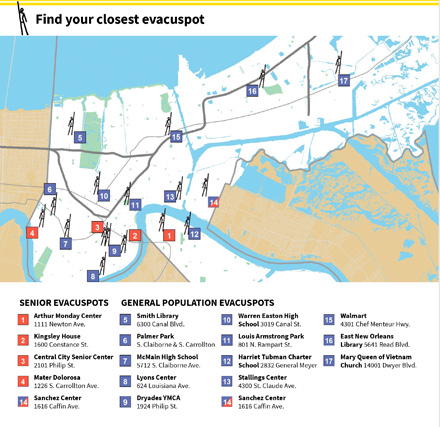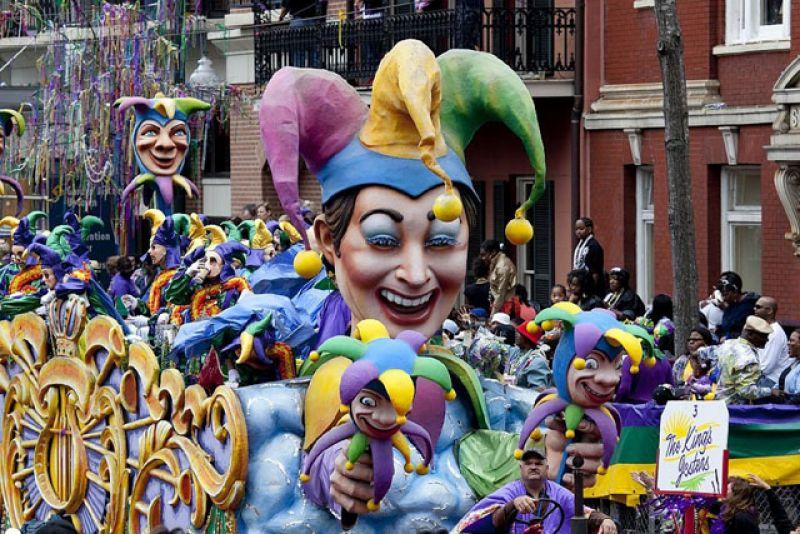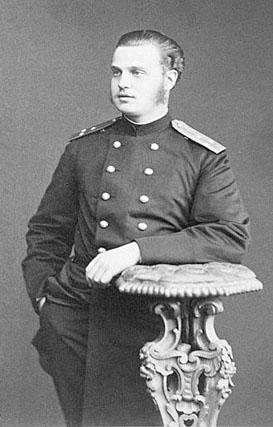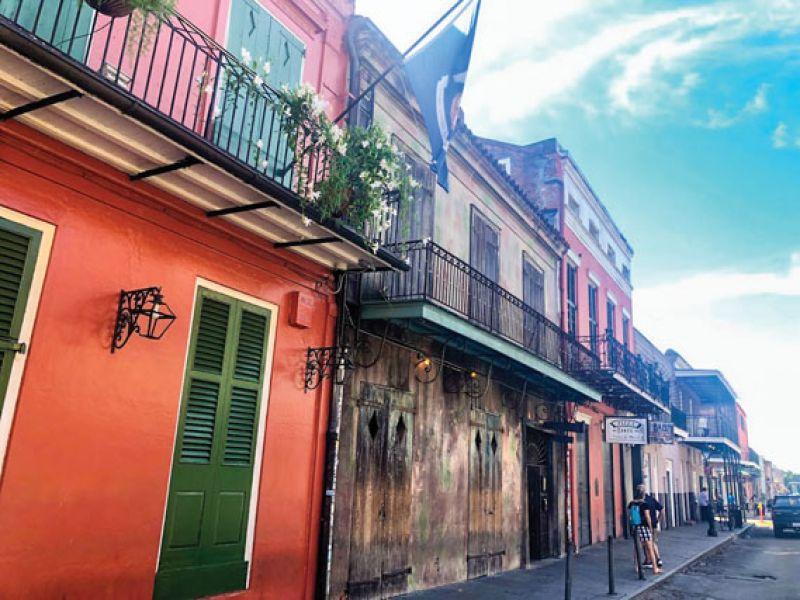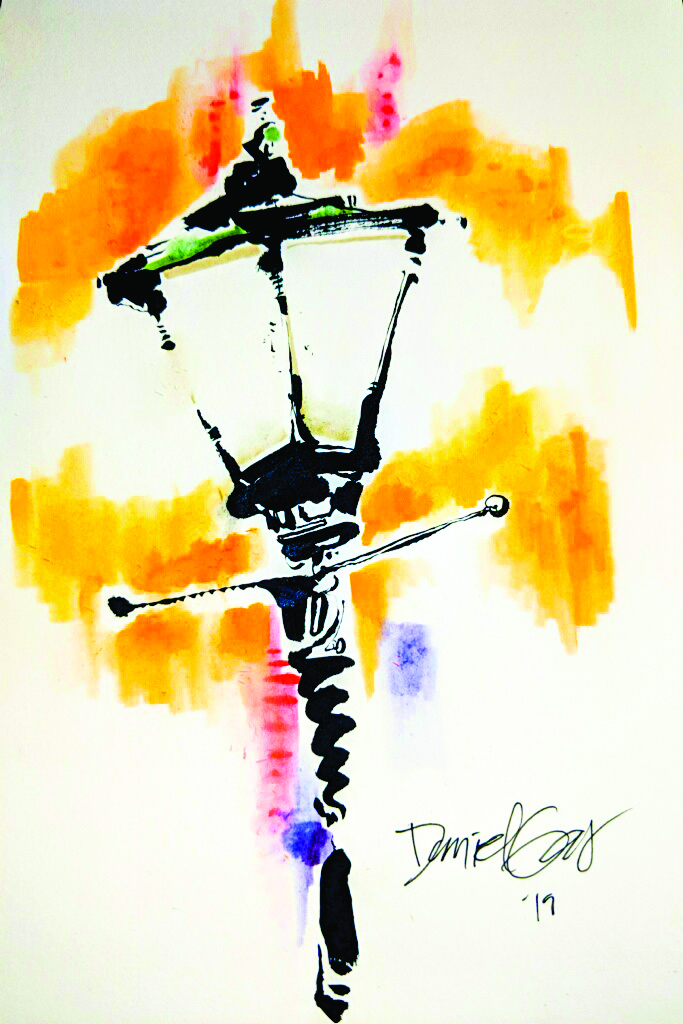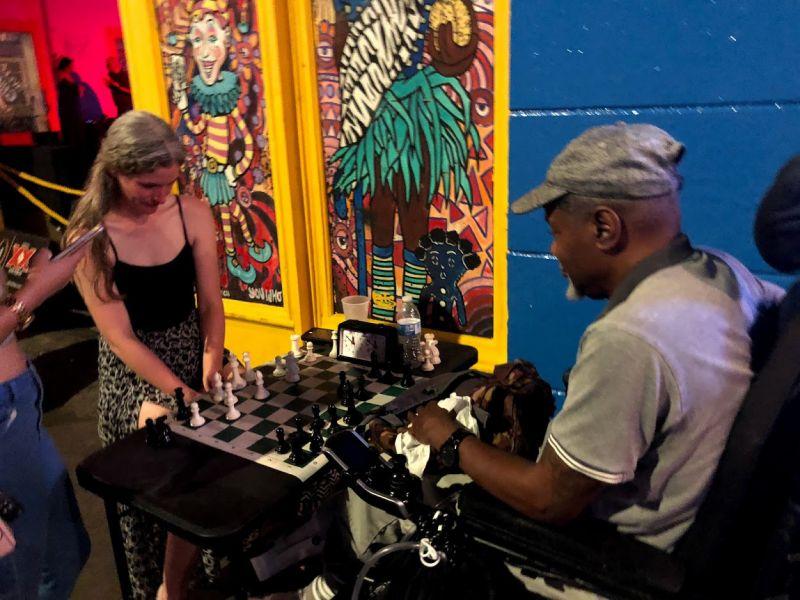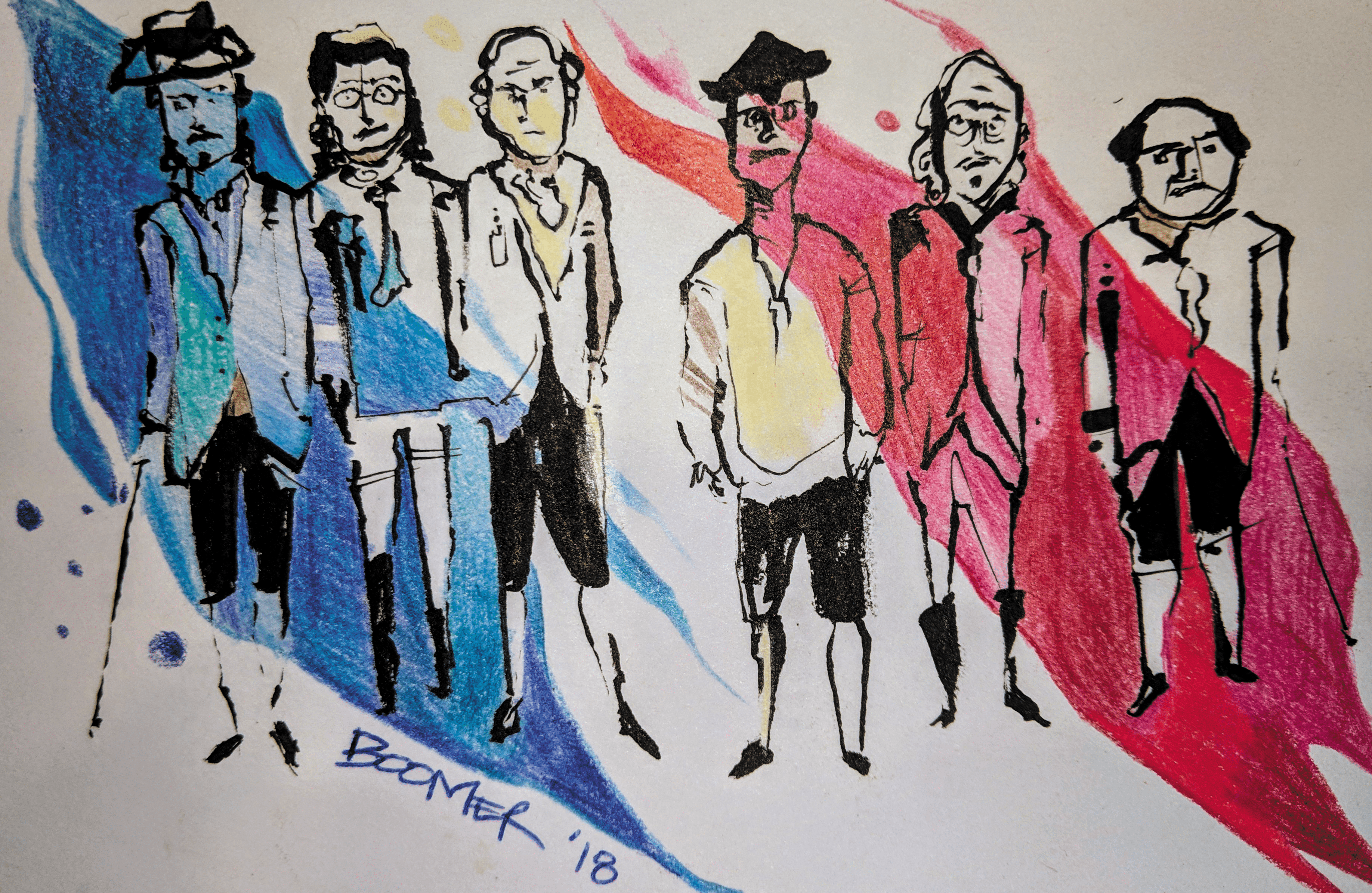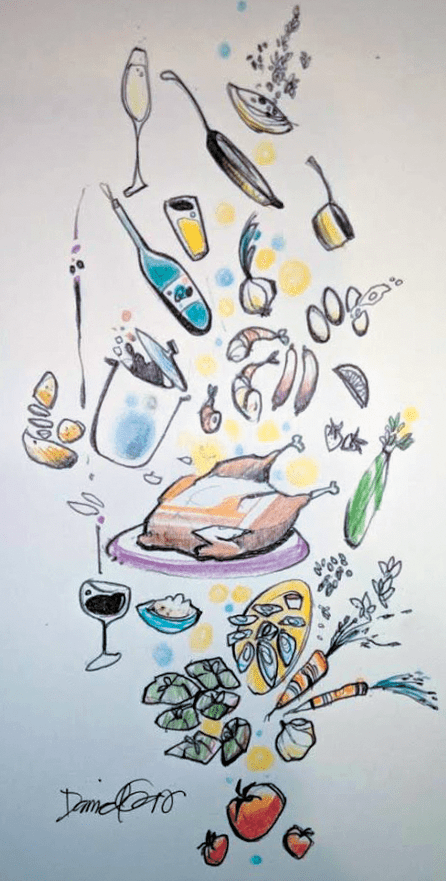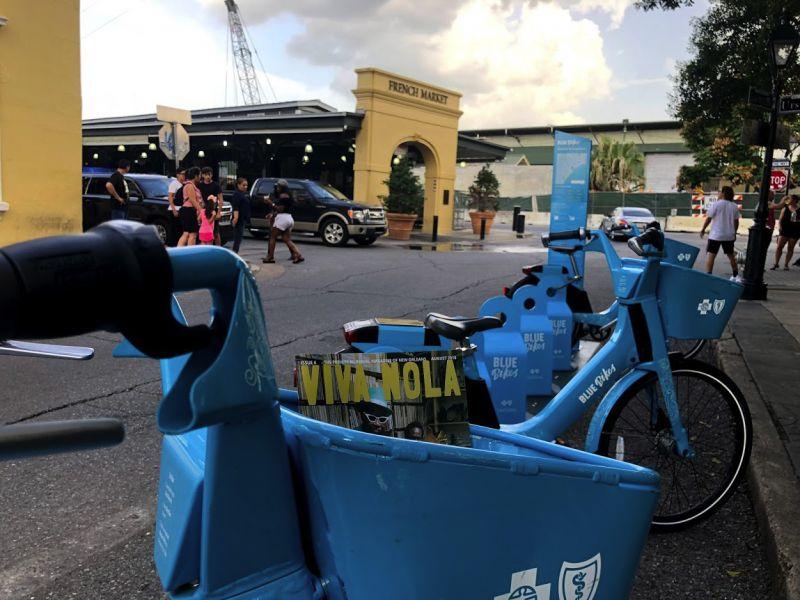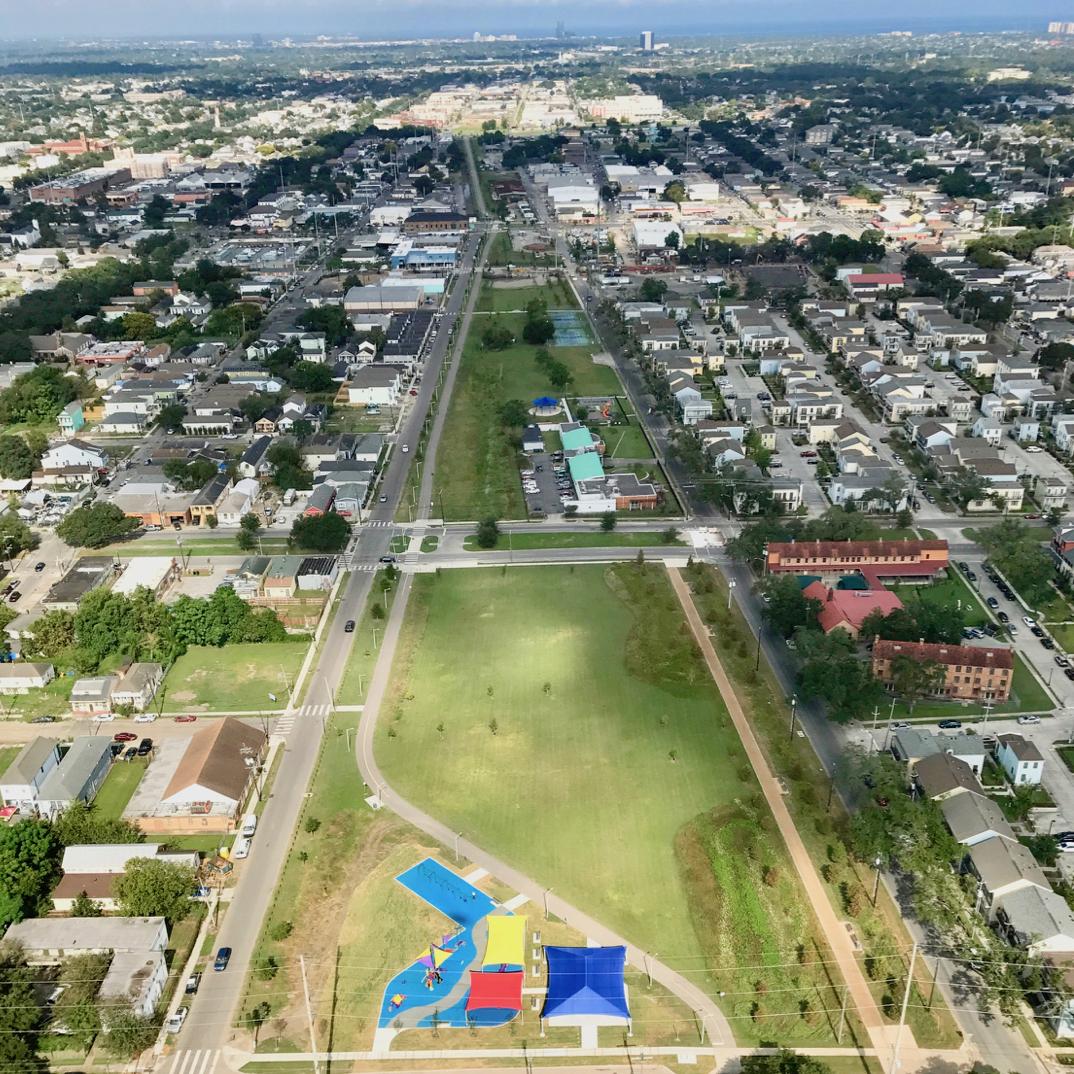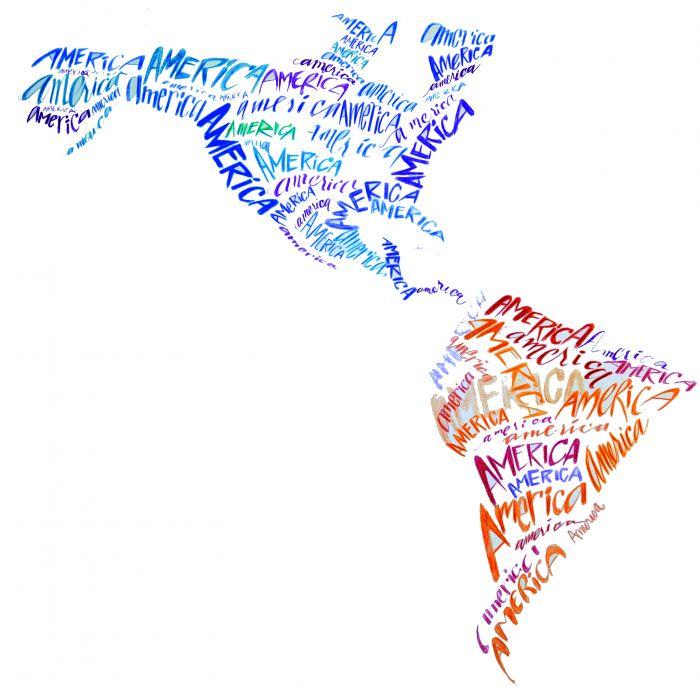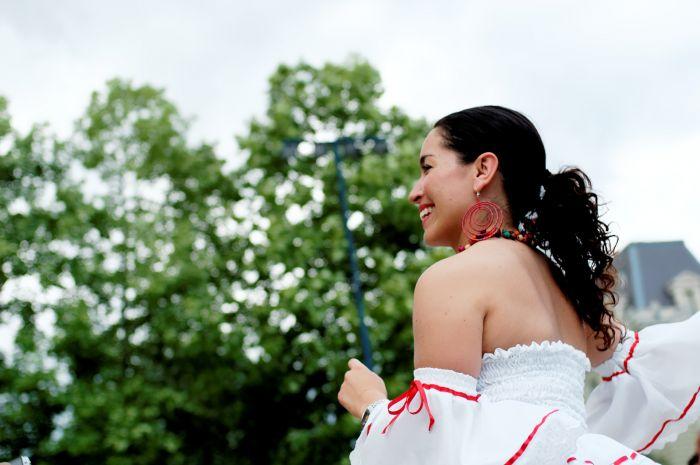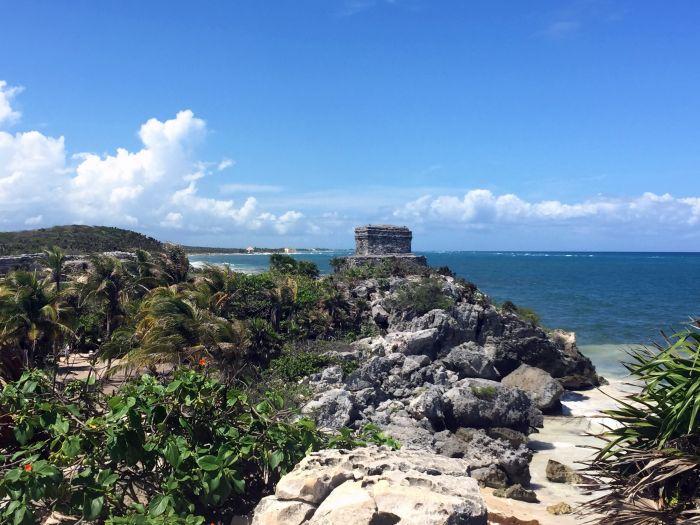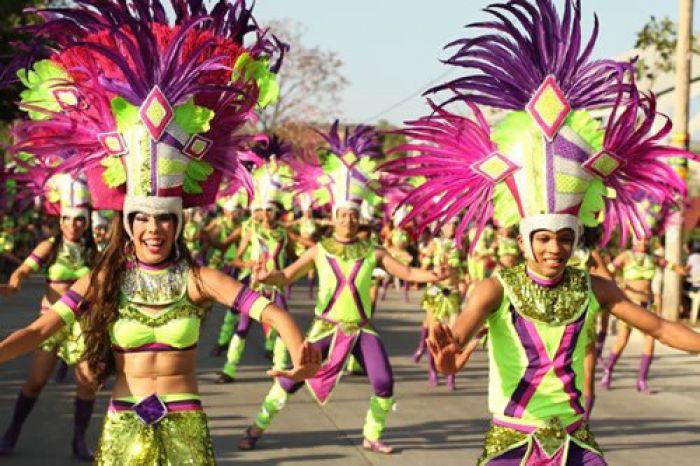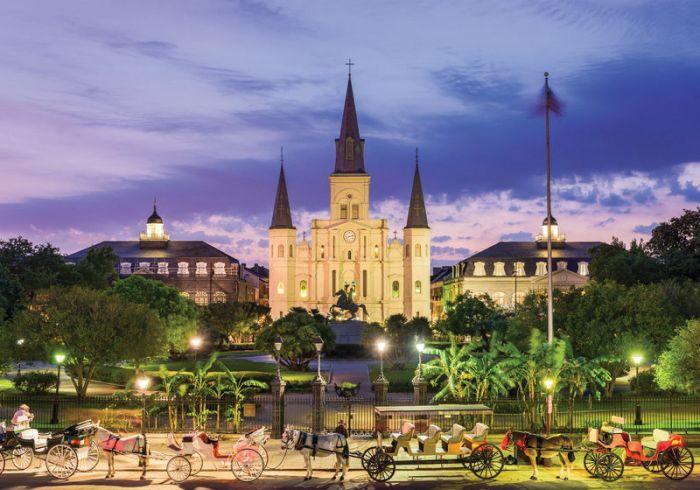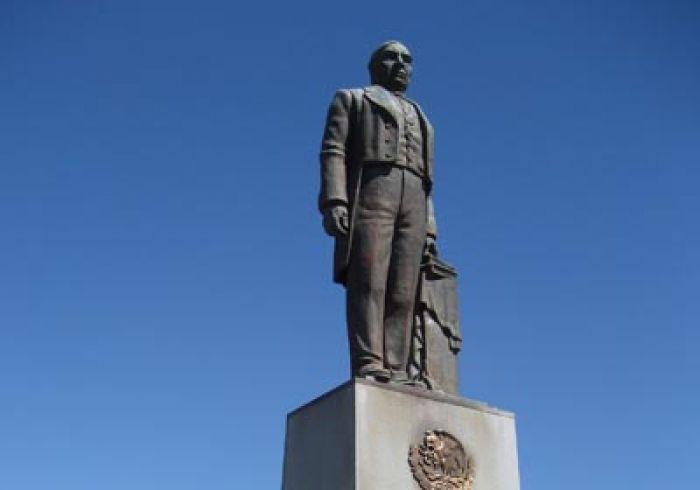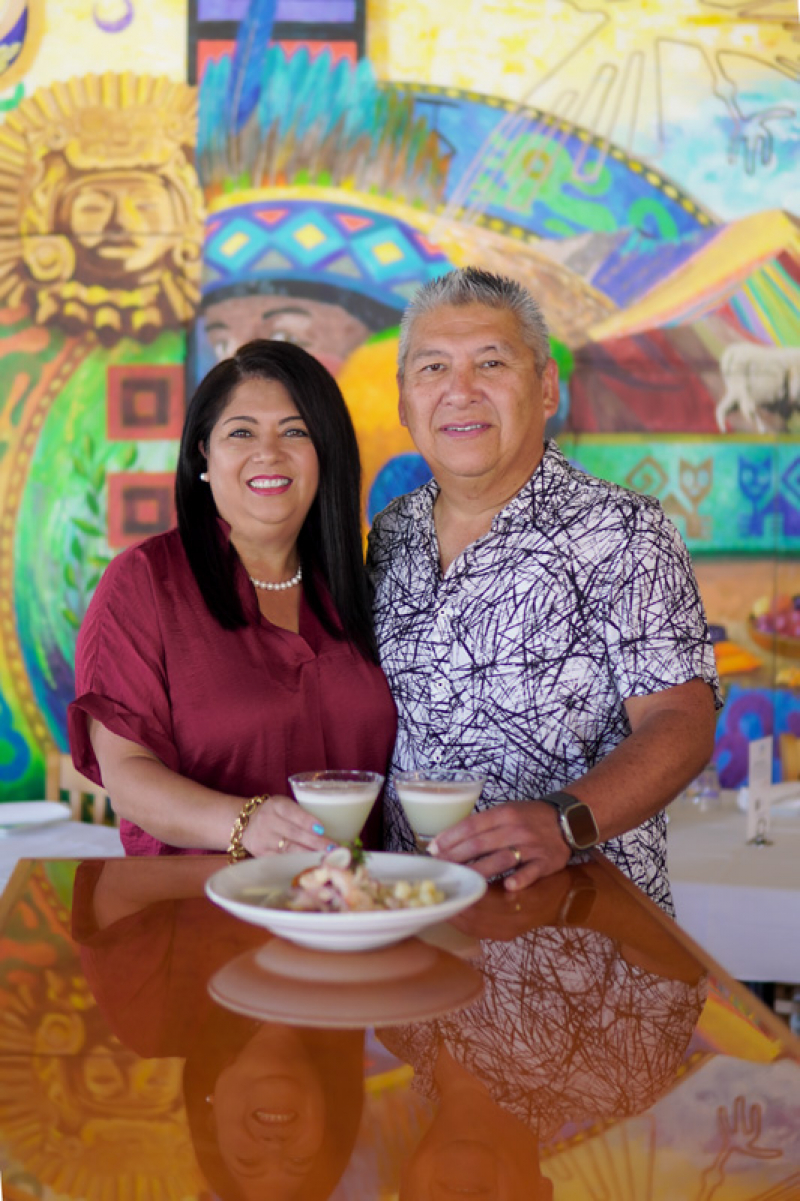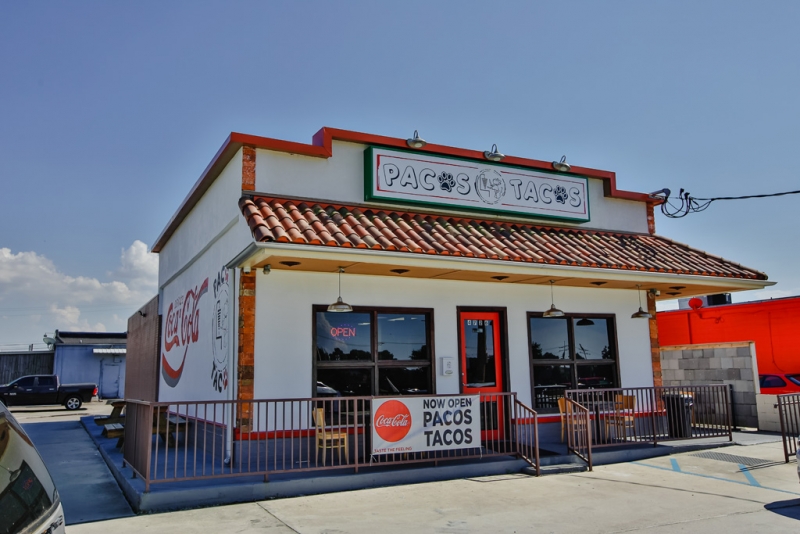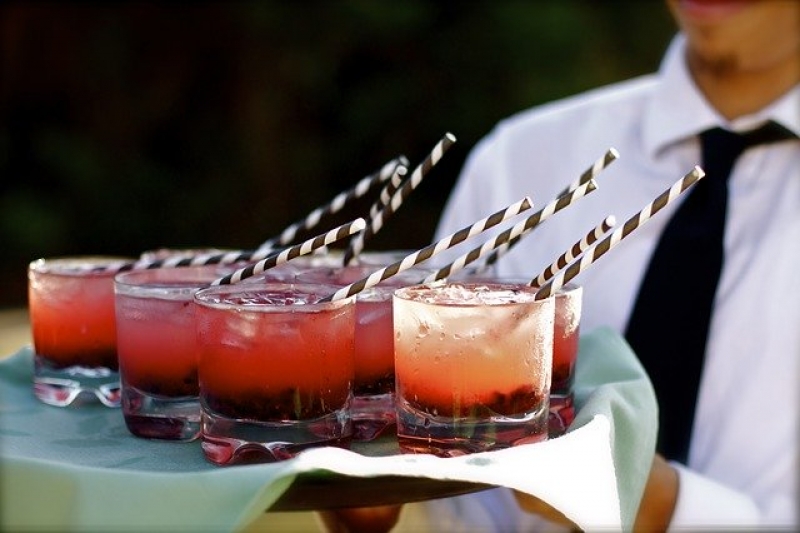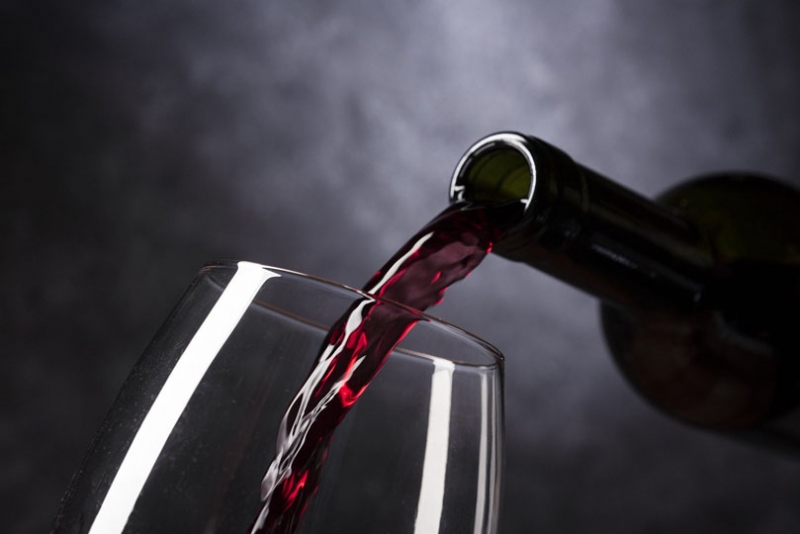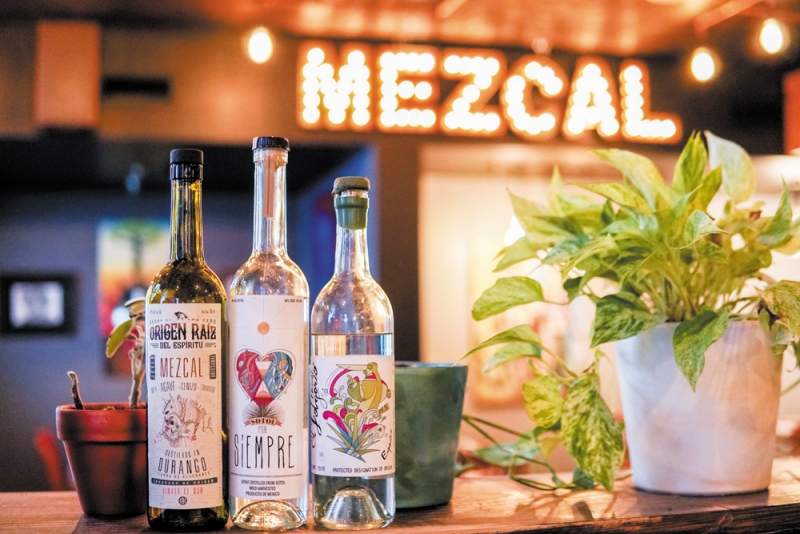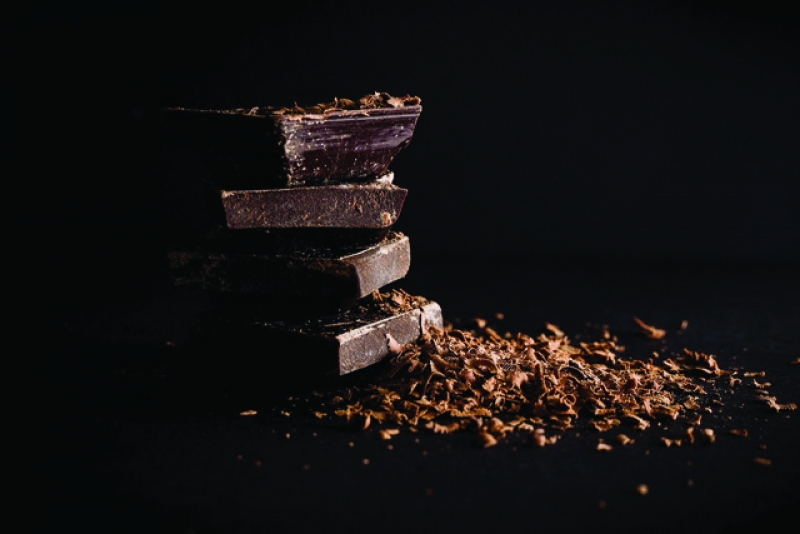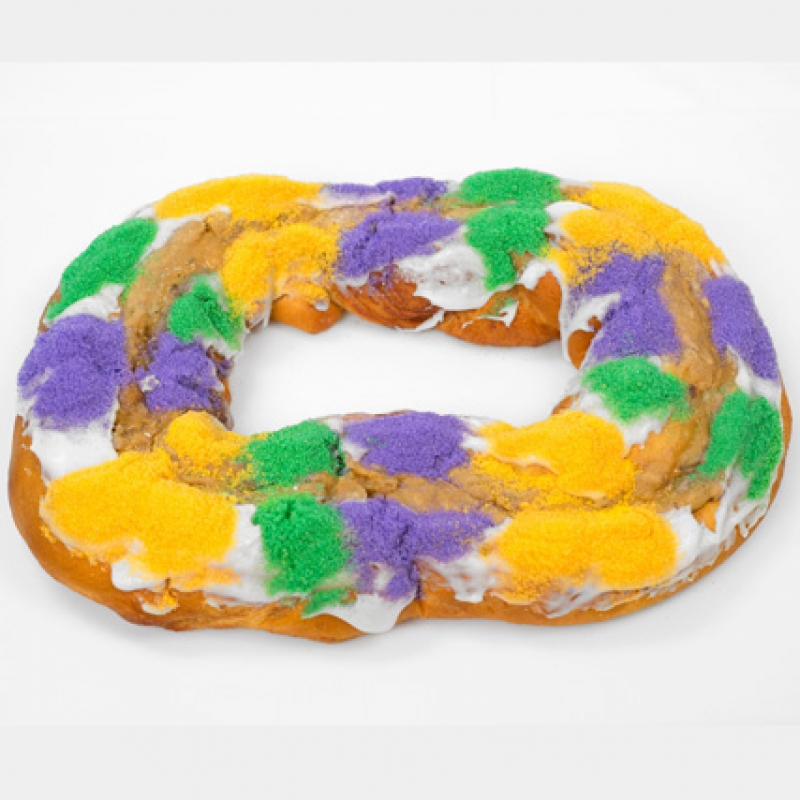CORONAVIRUS COVID-19 INFORMATION AND RESOURCES
SYMPTOMS AND TESTING
If you think you may have the coronavirus and want to get tested, figuring out where to go can be confusing and challenging. Medical facilities and doctors offices ask that everyone call ahead so they can make arrangements to protect others when people come in for testing.
Call your primary care physician if you are concerned and showing symptoms. If you do not have a primary care physician, contact the Louisiana 211 Network by dialing 2-1-1 to be connected to the nearest community clinic. The Louisiana Department of Health recommends testing for any patient with fever, respiratory symptoms and a negative flu test. Testing is not recommended for asymptomatic patients. Any physician can order testing based on their clinical judgement. Testing is being conducted by the state public health laboratory and some commercial labs. The state lab tests samples of high-priority patients, which include:
- Hospitalized patients with a severe respiratory illness with no other known cause
- Patients with recent onset of similar fever and lower respiratory symptoms who are associated with others with a suspected outbreak of COVID-19
- Health care workers with direct contact to a laboratory-confirmed COVID-19 case with recent fever and lower respiratory symptoms
- Homeless patients with suspected COVID-19
- Patients with suspected COVID-19 who are associated with a high-risk exposure setting such as a long-term care facility or a correctional facility
State lab results are typically available within the same day. Results times may vary at commercial labs. For more information, contact the Louisiana 211 Network by dialing 211 or by texting LACOVID to 898-211, or visit the Louisiana Department of Health's coronavirus website.
-
Department of Labor -Employee Rights
DOL’s Wage and Hour Division remains available to assist employers and employees alike with questions they may have regarding employer obligations and employee rights, particularly as they relate to the FLSA and FMLA. If you have questions, feel free to contact the Wage and Hour Division at 1-866-4US-WAGE (1-866-487-9243) or 504.589.6171. We also established recently a virtual call center (VCC) to increase the number of staff available to answer calls live, so callers may reach a representative outside of Louisiana. Regardless, those staff members are equally trained and available to offer assistance to the public.
In addition, you may find the following resources helpful as you navigate the COVID-19 situation. https://www.dol.gov/agencies/whd/pandemic

Disaster Relief Lending Small Business Administration Assistance
Process for Accessing SBA’s Coronavirus (COVID-19) Disaster Relief Lending
- The U.S. Small Business Administration is offering designated states and territories low-interest federal disaster loans for working capital to small businesses suffering substantial economic injury as a result of the Coronavirus (COVID-19). Upon a request received from a state’s or territory’s Governor, SBA will issue under its own authority, as provided by the Coronavirus Preparedness and Response Supplemental Appropriations Act that was recently signed by the President, an Economic Injury Disaster Loan declaration.
- Any such Economic Injury Disaster Loan assistance declaration issued by the SBA makes loans available to small businesses and private, non-profit organizations in designated areas of a state or territory to help alleviate economic injury caused by the Coronavirus (COVID-19).
- SBA’s Office of Disaster Assistance will coordinate with the state’s or territory’s Governor to submit the request for Economic Injury Disaster Loan assistance.
- Once a declaration is made for designated areas within a state, the information on the application process for Economic Injury Disaster Loan assistance will be made available to all affected communities.
- These loans may be used to pay fixed debts, payroll, accounts payable and other bills that can’t be paid because of the disaster’s impact. The interest rate is 3.75% for small businesses without credit available elsewhere; businesses with credit available elsewhere are not eligible. The interest rate for non-profits is 2.75%.
- SBA offers loans with long-term repayments in order to keep payments affordable, up to a maximum of 30 years. Terms are determined on a case-by-case basis, based upon each borrower’s ability to repay.
- SBA’s Economic Injury Disaster Loans are just one piece of the expanded focus of the federal government’s coordinated response, and the SBA is strongly committed to providing the most effective and customer-focused response possible.
For additional information, please contact the SBA disaster assistance customer service center. Call 1-800-659-2955 (TTY: 1-800-877-8339) or e-mail This email address is being protected from spambots. You need JavaScript enabled to view it.
-
Stress, Anxiety, and Emotional Support During Emergencies
http://www.dss.state.la.us/page/coronavirus
Feeling stressed, anxious or depressed is common among human service clients, staff, and children during emergencies. The Disaster Distress Helpline is a 24/7, 365-day-a-year national hotline that provides immediate crisis counseling for people who are experiencing emotional distress related to any emergency. This toll-free, multilingual, and confidential crisis support service is available to all residents in the U.S. and its territories.
-
Unemployment Benefits
Workers can apply for financial assistance and SNAP benefits (food stamps) through the Louisiana Workforce Commission, which has loosened eligibility requirements to help workers affected by COVID-19.
For more information, visit laworks.net.
-
Gig Economy Fund New Orleans Business Alliance
https://www.nolaba.org/relief-fund/
- The New Orleans Business Alliance is awarding between $500 and $1,000 to musicians, drivers, and other gig workers affected by COVID-19. Must be an Orleans Parish resident.
MusicCares COVID-19 Relief Fund
The Recording Academy is giving financial assistance to musicians whose livelihoods have been jeopardized by the pandemic.
-
Jefferson Parish Schools Grab and Go Meals
Meals will be provided weekdays from 11 a.m. to 1 p.m. (11:30 a.m. to 12:30 p.m. at Grand Isle School), beginning March 18. Families can pick up the first round of printed learning packets in the grab and go meal line March 18-20. New packets will be available March 30 through April 2.
Families can go to any of the 14 locations to pick up a free Grab and Go meal and at-home learning packet, even if the site is not their home school.
The grab and go locations are:
- Bissonet Plaza Elementary: 6818 Kawanee Drive in Metairie
- Emmett Gilbert School: 435 S. Jamie Blvd. in Westwego
- Fisher: 2529 Jean Lafitte Blvd. in Lafitte
- Grand Isle School: 149 Ludwig Ln. in Grand Isle (11:30 a.m. to 12:30 p.m. at this location)
- Gretna Middle: 910 Gretna Blvd. in Gretna
- Hazel Park Elementary: 8809 Jefferson Hwy. in River Ridge
- Marie Riviere Elementary: 1564 Lake Ave. in Metairie
- Marrero Middle: 4100 7th Street in Marrero
- Meisler Middle: 3700 Cleary Ave. in Metairie
- Riverdale High: 240 Riverdale Drive in Jefferson
- Terrytown Elementary: 550 E. Forest Lawn Drive in Terrytown
- Truman School: 5417 Ehret Road in Marrero
- Woods Elementary: 1037 31st Street in Kenner
- Worley Middle: 801 Spartans Drive in Westwego
Meals will be offered to any child age 18 and under (21 and under for special education students) regardless of whether they are a Jefferson Parish Schools student. Printed learning packets will be available for students in grades pre-K to 8th. Children must be present with an adult to receive a meal and learning packet. Meals will include lunch for that day and breakfast for the following morning. The printed learning packets are intended for families who do not have internet access to the resources available on the district website. High school students are encouraged to use the digital coursework linked at jpschools.org.
The grab and go service will include pick-up lines outside the school for families to drive through or walk up. In order to avoid creating a large crowd, it is important that families immediately leave campus after receiving their meal and packet.
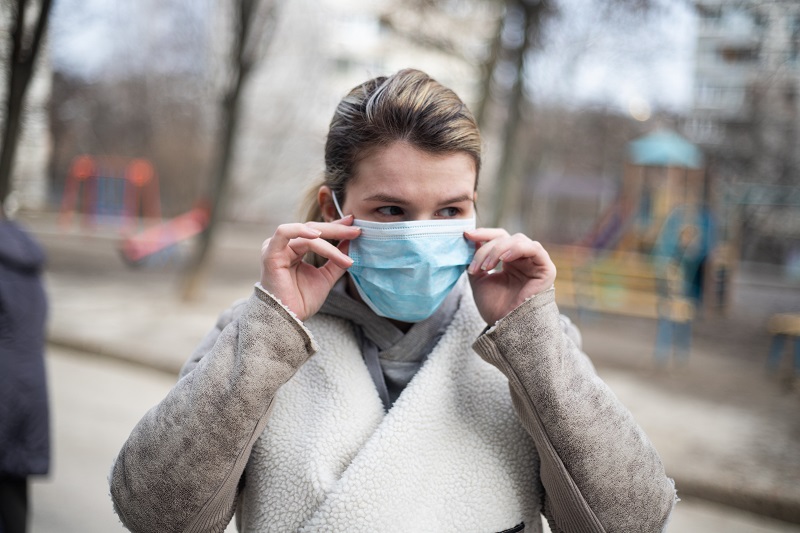
ORLEANS PARISH SCHOOL NUTRITION PROGRAMS
COVID-19 Child Nutrition Programs Available for Families
- Beginning Wednesday, March 18, NOLA-PS, in collaboration with many charter school leaders, the New Orleans Recreation Development Commission (NORD), local non-profit organizations, faith-based partners and private businesses, will launch a full-scale Citywide Feeding Program.
- This program will consist of 43 Community Feeding Distribution sites across New Orleans that ensure families can easily access breakfast and lunch during this prolonged school closure. The 43 sites consist of schools, NORD facilities and local business locations
- Students do not need to be present to receive meals. Parents or caregivers may pick up meals on behalf of the students within their household.
- Child nutrition resources are available to those under 18 years of age* and those who currently attend a public school.
- Students over 18 that are enrolled in public K-12 schools, including students with disabilities through age 22, are also eligible for free meals at open sites.
- Eligible families who are unable to access food resources this week should call United Way’s 211 information system which has the latest information about finding the Second Harvest food pantry nearest you.
If you’re in Orleans Parish, dial 211 for assistance
Homer Plessy 721 St. Philip St., New Orleans, LA 70116 9:00am –12:00pm
Beacon LightInternational Baptist 1937 Mirabeau Ave, New Orleans, LA 70122 9:00am –12:00pm
Ben Franklin HS 2001 Leon C Simon Dr, New Orleans, LA 70122 9:00am –12:00pm
Bethune 2401 Humanity St, New Orleans, LA 70122 9:00am –12:00pm
Coghill 4617 Mirabeau Ave., New Orleans, LA 70126 9:00am –11:00am
Foundation Prep 3121 St Bernard Ave, New Orleans, LA 70119 9:00am –12:00pm
John F. Kennedy 6026 Paris Ave, New Orleans, LA 70122 9:00am –12:00pm
Living Faith Church 4339 Eastern St, New Orleans, LA 70122 9:00am –12:00pm
NORD Commission (Milne Playground) 5420 Franklin Ave, New Orleans, LA 70122 9:00am –12:00pm
Pierre A. Capdau 5800 St. Roch Ave, New Orleans, LA 70112 8:30am –1:00pm
USPS Parking Lot (Old Prep Space) 2067 Caton St, New Orleans 9:00am –12:00pm
Save-A-Lot Parking 4726 Paris Ave, New Orleans, LA 70122 9:00am –12:00pm
ReNEW Sci Tech820 Jackson Ave, New Orleans, LA 701309:00am –12:00pm
Martin Luther King ES* Starting Monday, March 23rd*1617 Caffin Ave, New Orleans, LA 70117 9:00am –12:00pm
Abramson Sci Academy 5552 Read Blvd., New Orleans, LA 70127 9:00am –12:00pm
IDEA Oscar Dunn 12000 Hayne Blvd, New Orleans, LA 70128 9:00am –12:00pm
KIPP Morial 7701 Grant St, New Orleans, LA 70126 9:00am –12:00pm
Livingston 7301 Dwyer Rd., New Orleans, LA 70126 9:00am –12:00pm
Mildred Osborne 6701 Curran Blvd., New Orleans, LA 70126 9:00am –12:00pm
ReNEW Dolores T. Aaron 10200 Curran Blvd, New Orleans, LA 70127 9:00am –12:00pm
ReNEW Schaumburg 9501 Grant St, New Orleans, LA 70127 9:00am –12:00pm
Sarah T. Reed HS 5316 Michoud Blvd., New Orleans, LA 70129 9:30am –12:00pm
NORD After School Meals
NORD, in partnership with Share Our Strength /No Kid Hungry Louisiana will offer hot meals starting Tuesday, March 17, 2020 from 4-6 PM at all of our rec centers except Annunciation Rec Center to youth ages 18 years old and under. In addition, New Orleans Public Schools will also offer meals. Please visit https://nolapublicschools.com/covid19/nutrition for locations and times
Behrman Rec Center 2529 General Meyer Avenue 4-6 PM
Cut-Off Rec Center 6600 Belgrade Street 4-6 PM
Gernon Brown Rec Center 1001 Harrison Avenue 4-6 PM
Joe W. Brown Rec Center 5601 Read Blvd.4-6 PM
Lyons Rec Center 624 Louisiana Avenue4-6 PM
Milne Rec Center 5420 Franklin Avenue 4-6 PM
Rosenwald Rec Center 1120 S. Broad Street 4-6 PM
Sanchez Multi-Service Center 1616 Caffin Avenue 4-6 PM
Stallings St. Claude Rec Center 4300 St. Claude Avenue 4-6 PM
St. Bernard Rec Center 1500 Lafreniere Street 4-6 PM
Treme Rec Center 900 N. Villere Street 4-6 PM
-
INTERNET ACCESS
Both Comcast and Spectrum recently put out press releases announcing their offers, and the details of each are slightly different.
Spectrum is offering free Wi-Fi and broadband access up to 100 MBPS to any household with K-12 and/or college students that doesn’t already have Spectrum. Installation fees will be waived for these households, and anyone wishing to enroll will need to call 1-844-488-8395.
Comcast is expanding a service they already offer for low-income families called Internet Essentials. The service, which is normally $9.95 a month, will be free for new customers for 60 days and is 25 MBPS. People hoping to sign up for the services can call 1-855-846-8376 for English and 1-855-765-6995 for Spanish.
Both internet service providers are also offering free access to their Wi-Fi hotspots across the country.
Cox isn’t providing free internet, but they are offering service at a discount for 60 days. New customers to their “Starter” package will pay $19.99 for 50 MBPS for 60 days. Their offer is valid through May 15.
DIAPER BANK. Hispanic Resource Center. City of Kenner
The Diaper Bank of the Hispanic Resource Center from the City of Kenner will be open to the public, CALL before you come to find out if we have the size your baby needs and what appointment is available. Diapers will be provided by APPOINTMENT ONLY every 30 mins to avoid crowds: (504)469-2570. PLEASE COME AT THE TIME ASSIGNED. Don't line up, don't come in large groups, DON'T BRING PEOPLE WITHOUT AN APPOINTMENT. FOR THE WELLNESS OF ALL, FOLLOW THE INSTRUCTIONS, DO NOT EXPOSE YOURSELF, OR EXPOSE OTHERS. Please call for appointments: (504)469-2570.
FIDELITY BANK-
Fidelity Bank is committed to making banking easier for our clients across Southeast Louisiana. Beginning today, March 17th, 2020, through June 30th, 2020, Fidelity Bank has made the decision to waive;
Any late payments and negative credit reporting for loan clients that would have incurred fees.
All early withdrawal penalties on certificates of deposit.
In these unprecedented times, it is vital to reaffirm our commitment to our customers, clients, and community. For over 111 years, Fidelity Bank has been #hereforgood. We plan to be here for many, many more.
INFO bankwithfidelity.com/notice-details.html
UNITED WAY COVID-10 Community Response and Recovery Fund
United Way Worldwide has established a COVID-19 Community Response and Recovery Fund. This Fund will support communities struggling in the wake of the new virus, through local United Ways and the 211 network, the go-to information resource in times of crisis. Every year, 211 call specialists answer 12 million requests by phone, text chat and email to connect people with disaster, food, housing, utility, health care resources and more. There is no other network in the country that has a similar pulse on America’s needs.
Senate passes coronavirus package as Treasury proposes rescue with emergency checks
